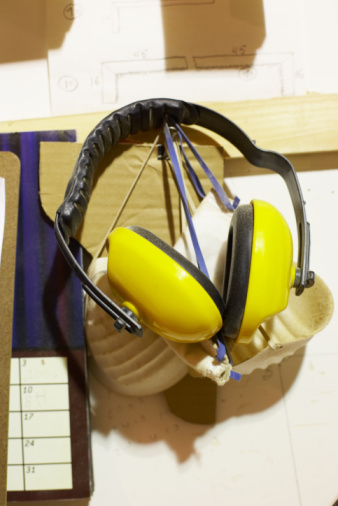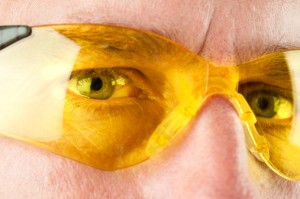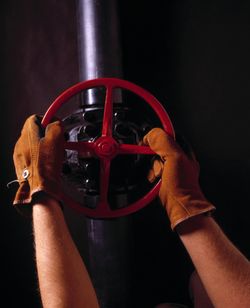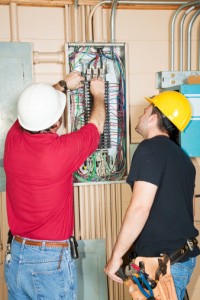 Electricity drives almost everything. From starting the car for the morning commute to setting the alarm clock before going to bed, electricity is a necessity. Throughout the day, most people don’t realize how much electricity they use. According to the U.S. Central Intelligence Agency, the world consumes an estimated 19 trillion megawatt hours every year. One megawatt can sustain power to 1000 houses for one hour.
Electricity drives almost everything. From starting the car for the morning commute to setting the alarm clock before going to bed, electricity is a necessity. Throughout the day, most people don’t realize how much electricity they use. According to the U.S. Central Intelligence Agency, the world consumes an estimated 19 trillion megawatt hours every year. One megawatt can sustain power to 1000 houses for one hour.
It’s easy to take electricity for granted when few people get to see what goes into producing the energy. Thousands of workers spend the majority of their day operating on or near electric circuits and equipment – and it’s a dangerous job. According to the Bureau of Labor Statistics, electrocution is the fifth leading cause of work-related deaths for 16- to 19-year-olds.
Working on or around power doesn’t have to be an accident waiting to happen. Here is how you can keep yourself safe when working near electricity.
Getting Electrocuted is no Electric Boogaloo
Many make the mistake of assuming that low voltage means low risk. But voltage is only half of it. The amount of charge passing through a conduit, called an ampere or amp, can have a big impact on the danger of electrical work. Amps can be so dangerous that 1/10 of an amp going through the body for two seconds is enough to cause death. The average light bulb can have at least two amps flowing through it. Think of it like a tube of water: the amount of water flowing is the voltage and the speed of the flow is the amp current. Multiplying the numbers determines the power, or wattage, of the electricity.
Electricity also flows from point-to-point until it can disperse or move somewhere else. If electrocuted through your head, hands, or feet, the current can flow through your body and cause severe damage to vital organs like the heart or brain. It’s best to assume that all wires are energized at lethal voltages. Never assume that a wire is safe to touch even if it is down or appears to be insulated.
Recognize and Evaluate the Hazards
It’s important to follow any company policies on working near electricity. Discuss these policies with your co-workers so everyone will be responsible for each other and inspect electric cords and equipment to ensure that they are in good condition and free of defects. But, never try to repair any lines or equipment unless qualified and authorized. Look to see if your work environment is damp or close to water, then use a ground-fault circuit interrupter (GFCI).
Avoid the Danger
Wearing the proper protective equipment should be mandatory for avoiding electrical accidents. Before starting work, survey the area for lose wires or unsafe situations. Also, be aware when a current is active or “hot” and when it’s shut off, and then stay at least 10 feet away from wires during cleanup.
Saving a Co-Worker in Danger
Even though you may be doing all you can to keep yourself safe, there’s a very real possibility that co-workers can put themselves at risk of being shocked, which could endanger you and others.
The most important thing to remember is to not touch anybody who is still in contact with a live electrical circuit. Make sure you shut off the source of the electrical current while somebody else calls for help. Once the current is cut, stay with the victim until emergency medical services arrive. Call out to the victim to see if they are conscious. If awake, tell the victim not to move, there could be an injury the victim isn’t aware of. Inspect them for any signs of major bleeding, and apply pressure with a cloth until qualified help arrives.
While electricity can be in almost every aspect of daily life, don’t allow the possible danger when working with electrical circuitry or power lines to become routine. With these guidelines, you can keep you and your co-workers safe from any shocking turn of events.


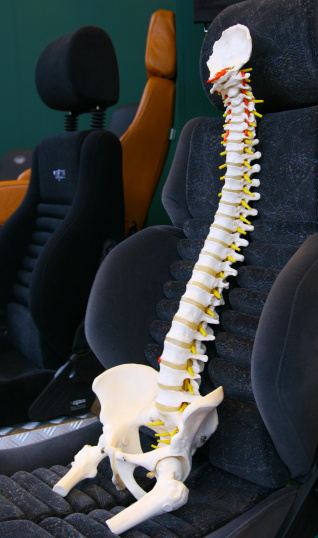 There’s still a large debate in the workforce about
There’s still a large debate in the workforce about 